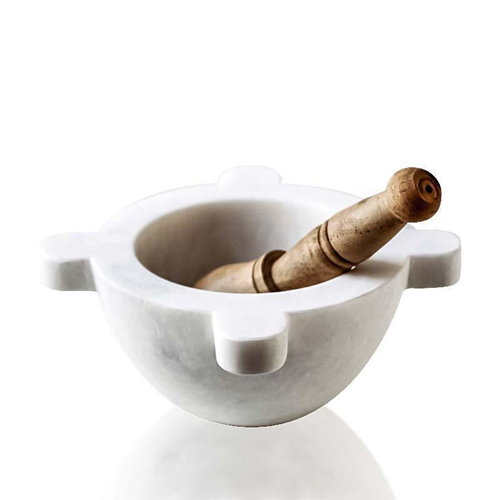White Marble Mortar with Pestle Large Ø 10cm
€44,90
White marble mortar with large pestle. Diameter Ø 10 cm. Functional and refined mortar made with classic white marble with typical veins. Durable and elegant material that gives an original and modern look to a tool whose origins are very ancient. White Carrara marble is known for its rich veining and unique details. Perfect for grinding spices and uses in...
Leggi tutto

 Italiano
Italiano

 Hercules and Diomedes Marble Sculpture with Alabaster Base H 52cm
Hercules and Diomedes Marble Sculpture with Alabaster Base H 52cm 







Reviews
There are no reviews yet.